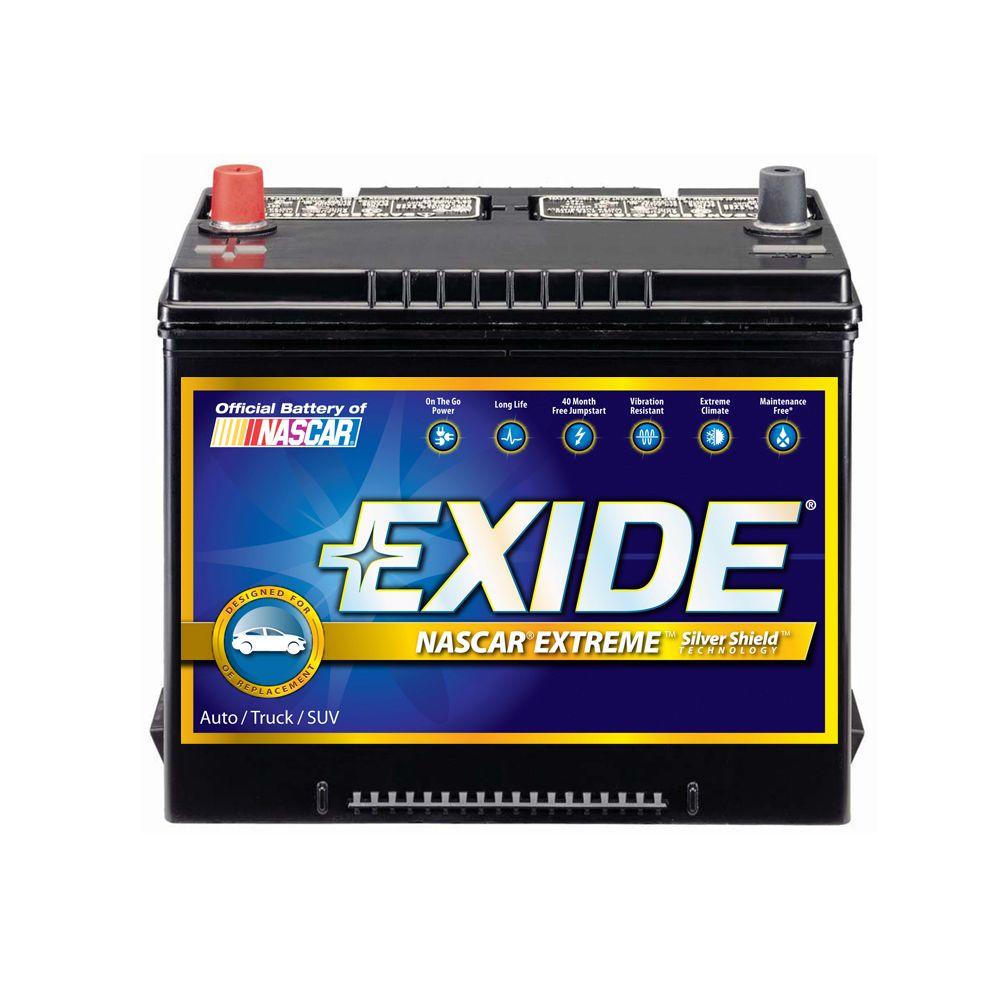

A 12V appliance of the same power would need 10 amps, and suffer a voltage drop of 4.2% - so over 10 feet of 14 AWG you've already lost about as much power as you'd lose in a good inverter. An example: over 10 feet 14 AWG household wiring, for a load of 120W, a 120V system needs 1 amp and suffers a voltage drop of 0.042% - basically a rounding error. This effect is roughly quadratic: a 12V system suffers approximately 100 times the voltage drop as wires of the same gauge at 120V of the same gauge to deliver the same power. Lower voltages are inherently less efficient than higher voltages for transmission: both because a given absolute voltage drop represents a higher relative fraction of the total voltage, and because proportionally more current is needed to deliver the same power.Furthermore, you'll run into issues such as no standard outlet for DC power (the cigarette lighter is probably the closest widely supported thing, but unsuitable for many purposes).
#12 VOLT CAR BATTERY AC OR DC FULL#
Something like a home (or RV or whatever) as you mention in point (2) will already have existing 120V wiring: power appliances on a full DC system would require either locating those appliances very close to battery bank, or running a second DC wiring system at considerably effort (adding wiring to an existing house is a lot harder than doing it as it's being built - unless you don't mind ugly).Here are downsides of a full DC path that might outweigh that small advantage: Still, let's assume that the full DC path is theoretically somewhat more efficient than the DC-AC-DC path, by perhaps 10%. So ignoring all the other factors, it is even possible that the full DC route is already less efficient than AC! At worst, if you buy one of the various adjustable buck/boost converters with wide input and output ranges, the efficiency might be considerably lower if it is operating outside of its ideal range. This conversion is likely to be, at best, as efficient as one of the above conversions. Now consider also that the "end-to-end" DC path will generally also need a DC-DC conversion unless the device happens to operate exactly at the voltage (say 12V or 24V) of your DC system. Overall then, you're looking at a best-case loss of perhaps 15% (a 95% efficient inverter with a 90% efficient power supply) to a worst-case loss with a reasonable inverter of perhaps 40% (an inverter in the high 80s combined with a 70% power supply 2. Very small AC -> DC converters, such as those found in USB plugs tend to be slightly less efficient than converters will fewer space constraints. Some quality converters e.g., those supplied with some name-brand laptops approach 90% efficiency, but many others are in the 70% to 80% range. Very cheap or small inverters may be worse, perhaps in the low 80s and even good inverters are often less efficient when operating at very low power relative to their rated power.įor the AC -> DC side you'll find more variance. Most modern quality inverters are over 90% efficient and many approach 95% efficiency over a large part of their operating range. You have two primary conversions: the DC -> AC conversion in the inverter and the AC -> DC conversion in the power supply for the appliance. It depends on your hardware, but it's not too terrible. theġ2V car battery power is boosted to 120V by a power inverter and thenīack to 12V by the laptop's power supply)? In using a traditional car power inverter to power a laptop (i.e. Let's take a look at your first question:ġ) How inefficient is it to boost 12V to 120V and then back to 12V as It's mostly a myth that it's much more efficient to power DC appliances like laptops on a full end-to-end DC system rather than using an inverter and then the existing AC-DC converter instead 1.


 0 kommentar(er)
0 kommentar(er)
